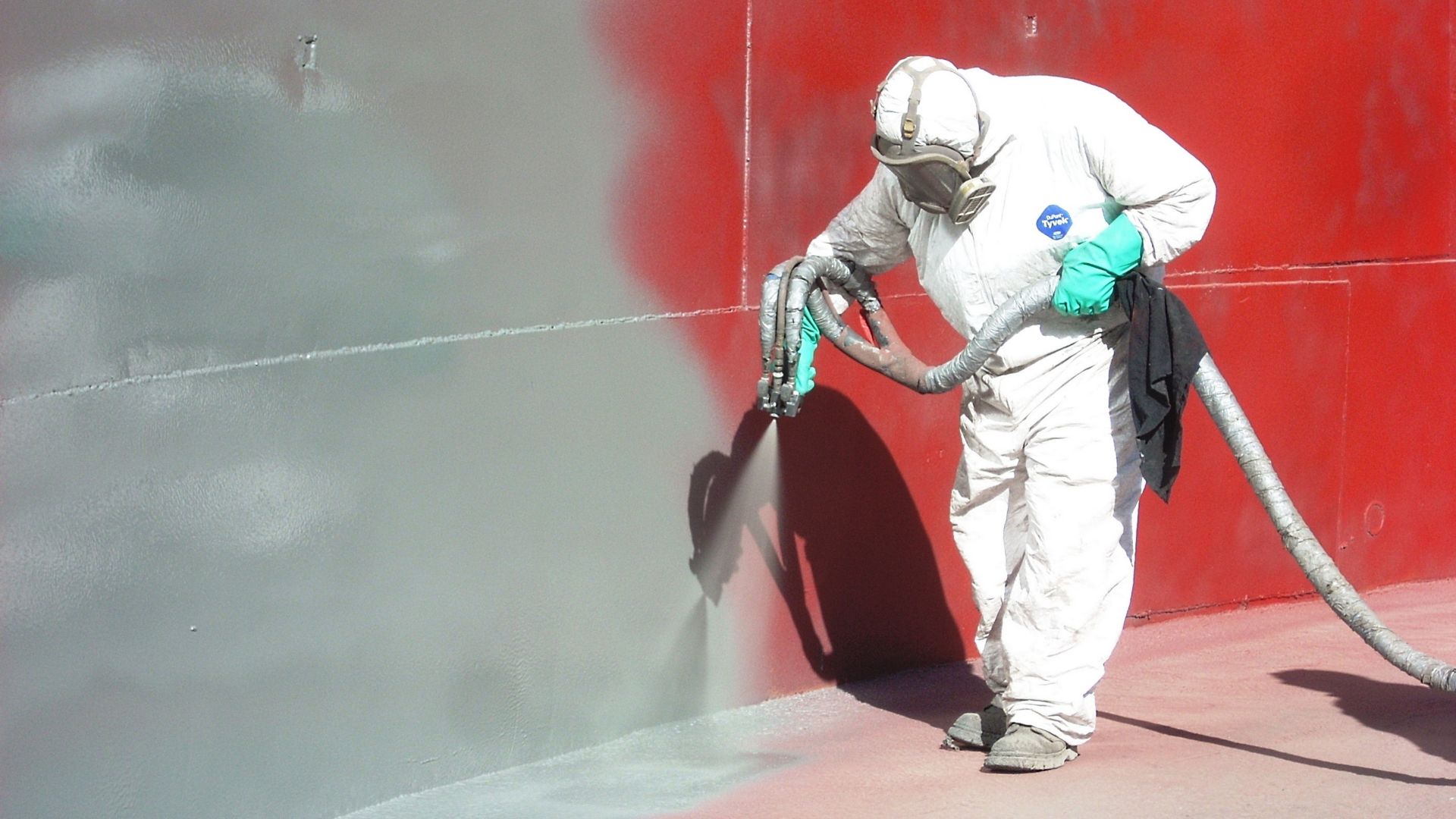Concrete structures are constantly exposed to harsh environmental conditions that can lead to deterioration, cracking and reinforcement corrosion. To ensure long term durability and service life, high performance concrete protection coatings are essential. These systems prevent water and chemical ingress, reduce carbonation and help control moisture within the concrete. Sika is a global leader in concrete protection technology, offering proven solutions such as silane and siloxane hydrophobic impregnations, durable acrylic coatings and advanced resin-based protective systems. Sika systems for moisture control are fully in accordance with the requirements of EN 1504.
Stresses and Challenges for Concrete Structures
At first glance, concrete appears to be a solid, impermeable material. In reality, the hydration process of cement makes it naturally porous, creating a network of pores and voids of different sizes that allow the penetration of molecules and ions over time.
Concrete structures are exposed to a wide range of environmental stresses depending on their location and use. These can include normal atmospheric carbonation, aggressive conditions in polluted urban and industrial areas, marine environments and exposure to liquid or gaseous chemicals. Such factors can compromise the concrete’s integrity and lead to corrosion of embedded steel reinforcement, ultimately affecting durability and service life.
Protective Coatings for Concrete
To achieve targeted protection such as anti-carbonation, chemical resistance or enhanced durability, a film-forming protective coating can be applied to the surface of the concrete. These coatings create a continuous barrier that protects against moisture ingress and aggressive environmental elements. Sika offers a wide range of concrete protection coatings available in rigid, plasto-elastic and elastic systems to suit different structural and exposure requirements.
Sika also provides anti-graffiti and anti-poster coatings that offer permanent protection for concrete, wood and masonry surfaces, helping to prevent deterioration and vandalism while maintaining an attractive, long-lasting finish.

